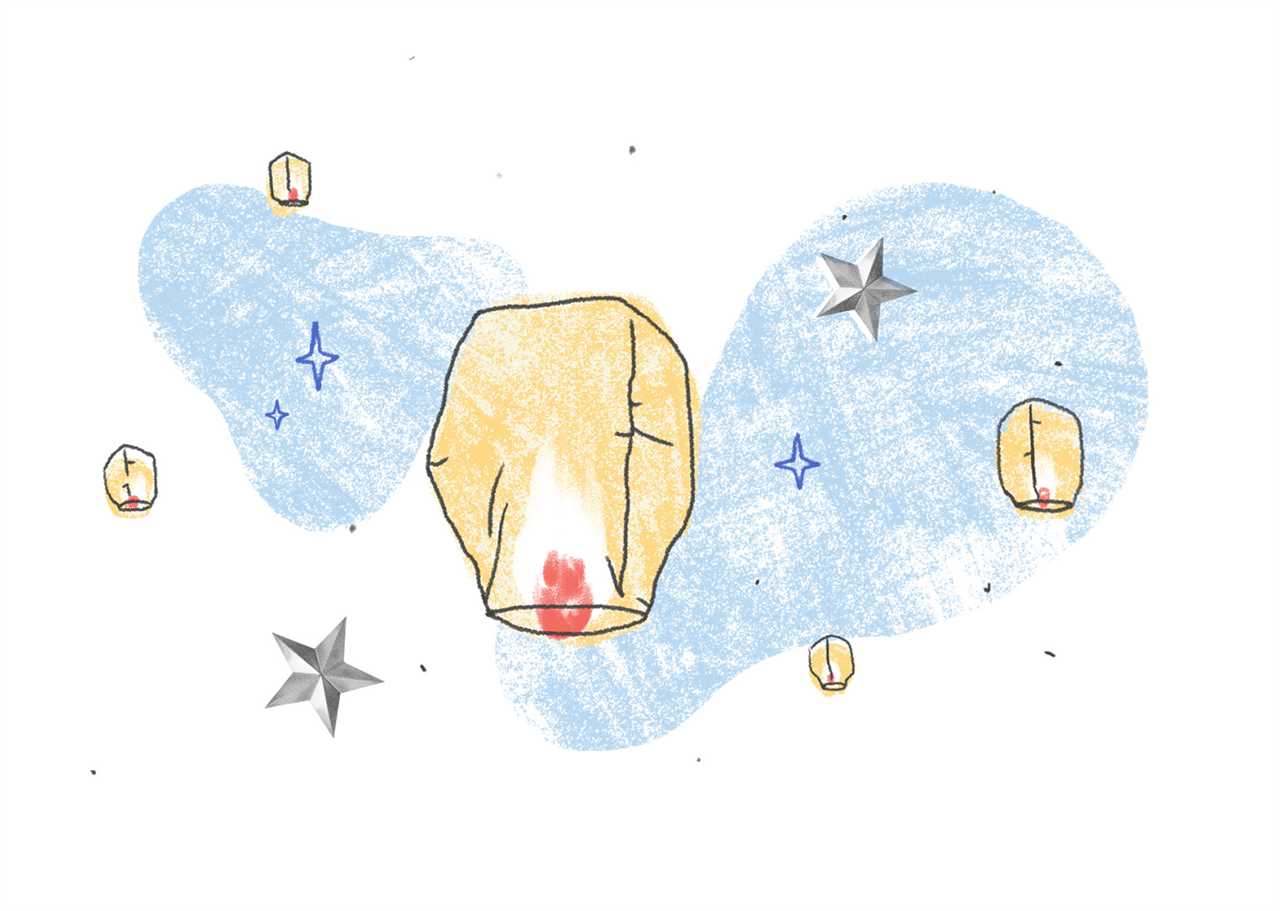---------------------------------------
At the beginning of the COVID-19 pandemic, 19-year-old Steven Yglecias was, like many teens, living at home and feeling directionless. “I felt uninspired,” Steven told me. “Life was an emotional roller coaster each day.”
Steven is one of the millions of young people who struggle with mental health challenges. In the decade before the pandemic, the share of high school students who reported persistent feelings of sadness or hopelessness increased by 40% to more than 1 in 3 students. The pandemic only exacerbated this trend, leading the American Academy of Pediatrics to declare a national state of emergency. According to the Centers for Disease Control and Prevention (CDC), in 2021, 44% of high school students reported they persistently felt sad or hopeless during the past year. This number is even higher for girls (57%) and teens that identify as gay, lesbian, or bisexual (69%), as seen in another staggering report by the CDC.
[time-brightcove not-tgx=”true”]
Read More: Teen Girls Report Highest Levels of Sadness and Sexual Violence in a Decade, CDC Says
Much ink has been spilled on possible interventions—from limiting social media usage to increasing access to mental health support on school campuses—but the vast majority of proposed “solutions” focus on crisis response rather than crisis prevention. And amid increasingly stressful academic settings, our country’s education system is only beginning to design introspection into the curriculum. If we want students like Steven to be well, we must encourage healthy behavior instead of just addressing illness.
One antidote is to help young people connect to a sense of purpose. Research shows that when young people identify a purpose in life, it leads to increased happiness, academic performance, and resiliency. A heightened sense of purpose can also help young people navigate life transitions. For example, when system-involved youth leave juvenile detention, having a clear sense of purpose is correlated with lower recidivism rates.
Whether you’re a parent, educator, or friend to a young person, here are three concrete ways you can help them find purpose and direction in the face of an uncertain future.

Illustration by Adriana Crespo for TIME
Support structured self reflection
Enabling young people to connect to a sense of purpose starts with helping them reflect on what matters most in their lives. Psychologists define purpose as a “goal that is both personally meaningful and makes a positive mark on the world.” Yet, what’s “personally meaningful” can vary widely from person to person. Structured reflection can enable young people to define what matters most to them and improve mental health.
In practice, this means helping young people look for patterns in their life experiences, values, and beliefs. Dan McAdams, a professor of psychology at Northwestern University, refers to this process as developing one’s narrative identity. “Narrative identity is a person’s internalized and evolving life story, integrating the reconstructed past and imagined future to provide life with some degree of unity and purpose,” McAdams explains.
Reflection prompts help young people to observe and make sense of their personal story and experiences. Some questions people can ask teens are: How do you bring value to the world around you? When do you feel the most proud of yourself? What is an important part (or parts) of your story? How would a good friend describe you? How do you have an impact on others?
Prompts like these not only help teens unearth personal meaning in their lives, but can also increase their sense of self worth. Students who reported low self esteem were roughly six times as likely to be at risk for depression. Taking a moment to reflect helps serve as a reminder that they are already bringing value to the world, just as they are today.

Illustration by Adriana Crespo for TIME
Scaffold small steps to make change
Another key component of purpose is being able to self-direct and take action. Research shows that when someone feels depressed, even the smallest act (like doing the laundry or writing an email) can feel insurmountable. Inaction exacerbates mental health challenges, which can lead to a vicious cycle, referred to as the “Inactivity Trap,” where taking action becomes more difficult and mental health worsens.
On the other hand, taking small steps forward leads to increased self-confidence, which can help break the inactivity cycle and help teens feel more purposeful. This is referred to as “behavioral activation,” which in essence means that instead of waiting to feel better to take action, one takes action in order to feel better.
Helping a young person understand what motivates them is a good place to start. Motivation can be extrinsic (receiving encouragement from others, seeing a tangible output, or even a simple reward) or intrinsic (feeling a sense of wellbeing, accomplishment, or pure enjoyment). If young people are able to identify when they feel most motivated, they can unlock the right conditions for making progress toward their goals.
For example, Steven (who uses they/them pronouns) reflected on their interests and rediscovered their love of writing, but needed a nudge to overcome the inertia that made focusing difficult. So they broke down the task of writing a novel into small moments they could share and celebrate with others, committing to write a few paragraphs every day. “I created a discipline of capturing my inspiration,” Steven said, “rather than waiting for it to come to me.”

Illustration by Adriana Crespo for TIME
Connect purpose beyond self
Reflection and action can help teens clarify their purpose, but a connection to a community is what keeps them going. Research indicates that prosocial behavior (participating in activities that benefit others in some way) fosters a sense of emotional wellbeing and has mood boosting effects for young people. Equally notable, social connection is one of the strongest predictors of life satisfaction (and conversely, a low sense of belonging is a primary predictor of depression).
When teens experience personal satisfaction from doing something that makes a difference in the world around them, it reinforces a sense of purpose. In one study, researchers asked participants to report on how often they engage in altruistic behaviors (such as volunteering), as well as how meaningful their life feels. Participants who were more altruistic reported a greater sense of purpose and meaning in their lives.
Social contribution is particularly impactful for vulnerable youth who are furthest from opportunity. “Creating opportunities for civic engagement and advocacy has been particularly meaningful for youth who have been harmed by the system and want to reclaim their power,” shares Cassidy Higgins, a leader at Fresh Lifelines for Youth, an organization focused on helping youth impacted by the justice system unlock their potential.
If you’re looking to help a teen connect with a sense of purpose in their life, try asking how might an interest of theirs have a positive impact on the world around them. In Steven’s case, they used their stories to remind others they weren’t alone in their struggles with mental health. “I was able to see the impact my writing could have in helping others going through something similar,” they explain. “It gave me the energy to keep going.”
The youth mental health crisis requires a systemic approach to intervention. With an outsized focus on treating symptoms, we lose sight of the upstream factors that keep students healthy and hopeful in the first place. For Steven, connecting with a sense of purpose helped them find direction, which has created positive ripples in the rest of their life.
“I gained the confidence I needed just to be who I am,” Steven told me. “And for that, I’m insanely grateful.” Instead of spending time and energy trying to “fix” young people, perhaps one of the best things adults can do is help ignite what lights them up.
-----------------------------------------
By: Minnie Bredouw
Title: How To Help Teens Find Purpose Amid The Mental Health Crisis
Sourced From: time.com/6255385/teens-mental-heath-how-to-help/
Published Date: Wed, 15 Feb 2023 12:30:06 +0000
Read More
Did you miss our previous article...
https://prohealthsciences.com/general-health-and-wellness/give-him-a-hand-no-really
 General Health and WellnessFitness and ExerciseSupplements and VitaminsPandemic NewsVideosPrivacy PolicyTerms And Conditions
General Health and WellnessFitness and ExerciseSupplements and VitaminsPandemic NewsVideosPrivacy PolicyTerms And Conditions
